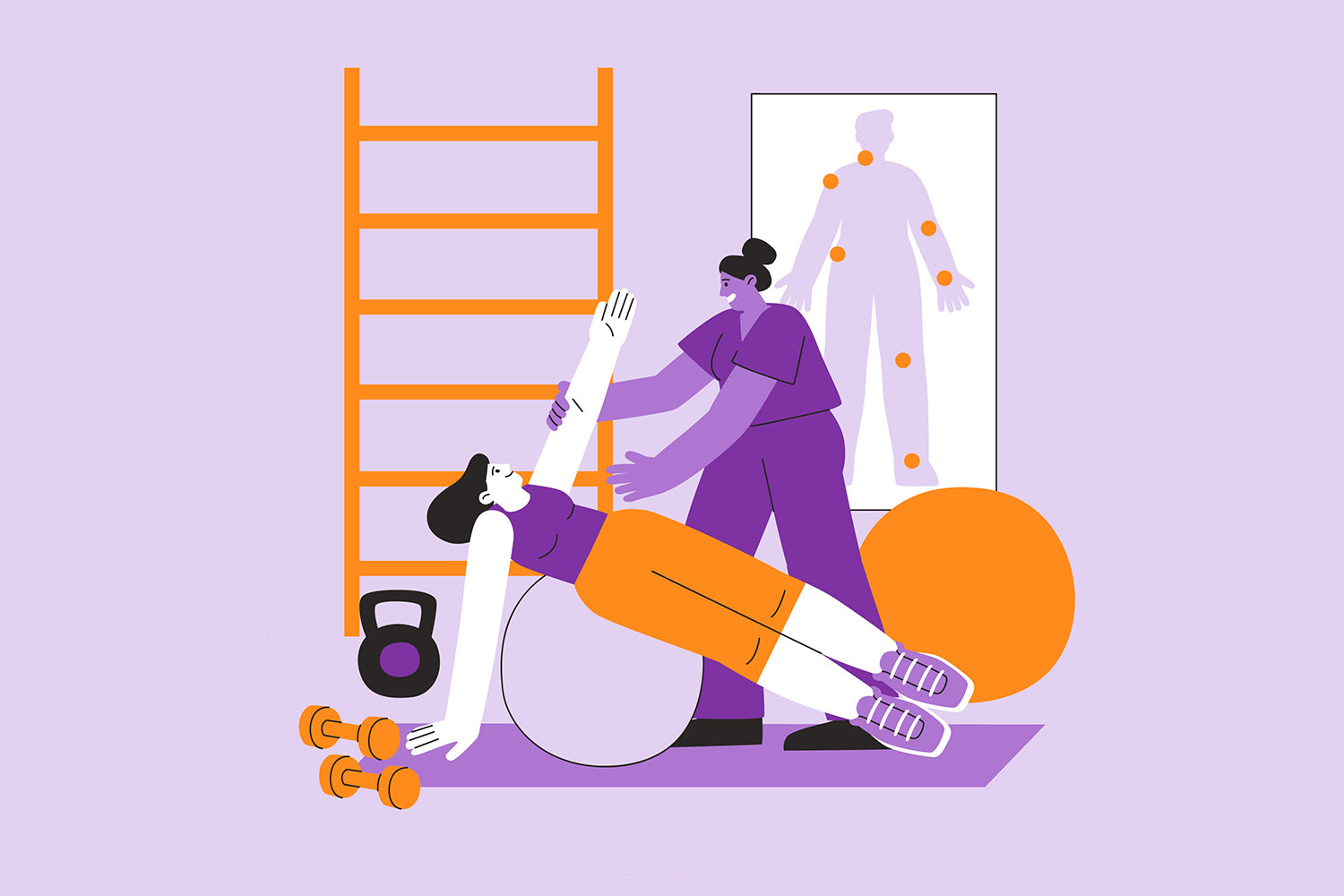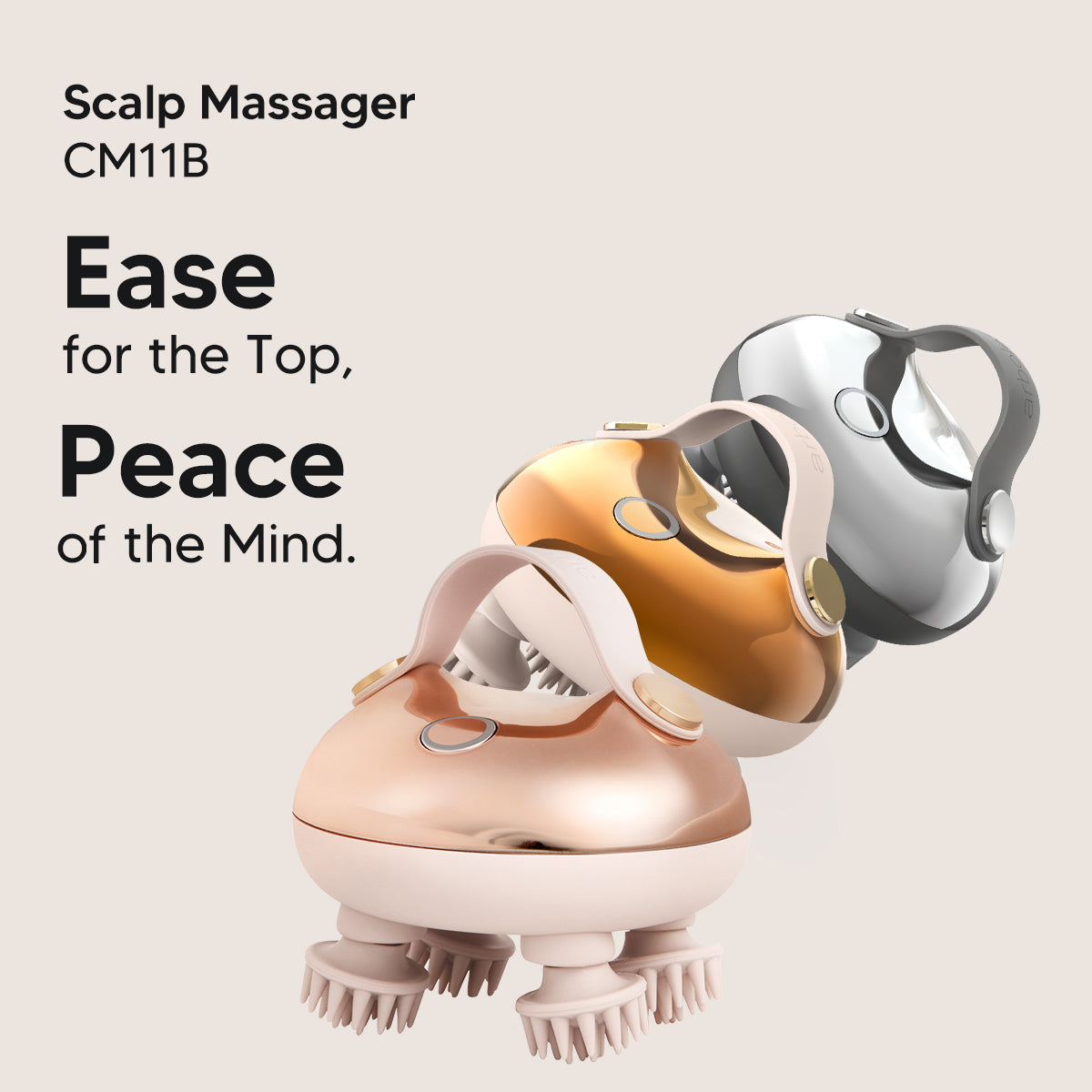Whether you're sweating it out in the gym, pushing your limits on the track, or holding a tough pose on the yoga mat, you're constantly challenging yourself to be stronger, faster, and healthier. But there's one critical step that many people overlook after a workout—recovery. Post-workout recovery is essential not just for reducing muscle soreness but also for helping your body adapt more quickly to your training, allowing you to perform even better in the future.
Why Is Post-Workout Recovery So Important?
-
Reduces Muscle Fatigue and Soreness After intense exercise, your muscle fibers can experience tiny tears, leading to delayed onset muscle soreness (DOMS). Proper recovery helps repair these tears, reducing soreness and enabling you to get back to your best self faster.
-
Prevents Injury Without enough time to recover, fatigued muscles and joints are more prone to injury. By incorporating proper recovery practices like stretching, massage, and getting enough sleep, you can lower your risk of injury and maintain a consistent workout routine.
-
Boosts Performance Recovery isn't just about restoring muscle function; it's about strengthening them. During recovery, your body repairs and builds up muscle fibers, leading to stronger muscles and improved performance in future workouts. Proper recovery allows you to give your best in every training session.
Effective Post-Workout Recovery Strategies
-
Get Plenty of Sleep Sleep is crucial for your body's repair and recovery process. During deep sleep, your body releases growth hormone, which helps repair muscle damage and promotes muscle growth. Aim for 7-9 hours of quality sleep each night to aid in post-workout recovery.
-
Refuel with the Right Nutrients Consuming protein and carbohydrates within 30 minutes after a workout helps repair muscle and replenish glycogen stores. Protein supports muscle fiber repair, while carbs provide the energy your body needs to recover.
-
Stretch and Relax Light stretching and using massage tools like a massage gun or foam roller can help alleviate tight muscles, improve circulation, and reduce soreness.
-
Incorporate Cold and Heat Therapy Cold therapy, such as ice baths, can reduce inflammation and swelling, while heat therapy can relax tight muscles and improve circulation. Alternating between cold and heat therapy can also be an effective way to promote muscle recovery.
-
Stay Active with Low-Intensity Exercise Engaging in low-intensity activities like walking or swimming helps keep your blood flowing, which speeds up the removal of lactic acid and reduces muscle soreness.
Conclusion
Whether you're a professional athlete or a fitness enthusiast, post-workout recovery is an essential part of your routine. By incorporating the right recovery techniques, you can reduce muscle soreness, lower the risk of injury, and enhance your performance in future workouts. Remember, the real benefits of training happen during recovery. Give your body the time and resources it needs to repair and grow, and you'll be one step closer to reaching your health and fitness goals.
Take Action! Next time you finish a workout, don't forget to take a little time to focus on recovery. Your body will thank you, and you'll be ready for your next challenge in no time.




コメントを書く
全てのコメントは、掲載前にモデレートされます
このサイトはhCaptchaによって保護されており、hCaptchaプライバシーポリシーおよび利用規約が適用されます。